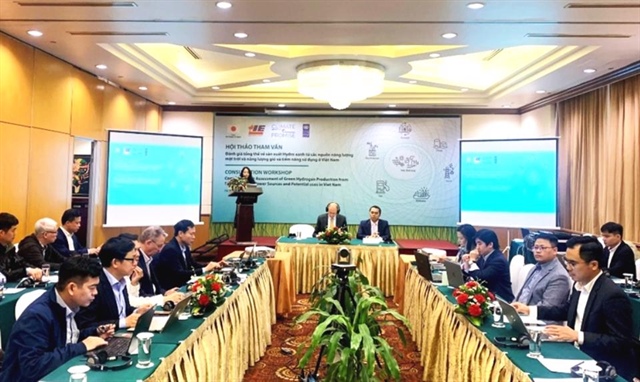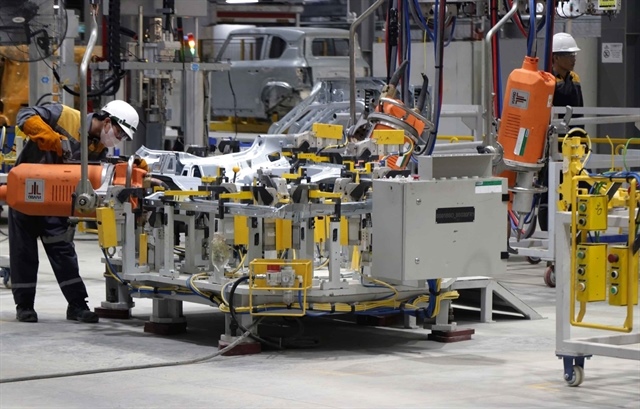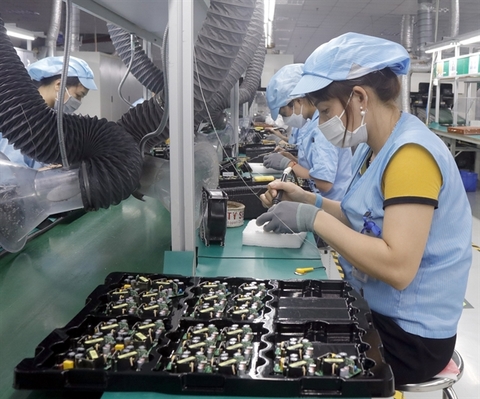Vietnam should develop green hydrogen for carbon-neutral economy
Vietnam should develop green hydrogen for carbon-neutral economy
Experts said that efforts to build a cohesive national strategy for Vietnam must occur sooner than later.
Green hydrogen and its derivatives are expected to be a solution that occupies an increasingly important position in the energy transition path in Vietnam thanks to its superior properties in reducing carbon dioxide emissions.

Overview of the workshop takes place in Hanoi on Feb 23. Photo: UNDP |
Deputy Head of the Institute of Energy Le Van Cuong shared the view at a consultation workshop on Comprehensive Assessment of Green Hydrogen Production from Solar and Wind Power Sources and Potential Uses in Vietnam held today [Feb 23] in Hanoi in collaboration with the United Nations Development Program (UNDP).
Cuong said green hydrogen is vital, whether as a fuel for energy conversion or as an input for industrial production.
Green hydrogen is considered a new generation energy source, an optimal alternative energy source in the near future.
According to Nguyen Xuan Trung from the Ministry of Industry and Trade's Institute of Energy, the production of green hydrogen and energy carriers such as ammonia together with renewable energy plants can partially meet Vietnam's demand for energy storage and consumption in transportation and other sectors (industrial, oil refinery).
He said green hydrogen is used in different sectors in Vietnam, such as cement and metal, in factories like an oil refinery and fertilizer production, and in transportation and power generation.
UNDP Deputy Resident Representative, Patrick Haverman, said green hydrogen has broad application uses, which include but are not limited to shipping, transportation, steel, fertilizers, and chemicals, many of which are sectors that are difficult to decarbonize.
Its production remains novel in Vietnam, but the energy medium has garnered interest. Notably, Vietnamese company TGS Green Hydrogen is poised to build the country's first electrolyzer with an $840 million investment, signaling that efforts to create a cohesive national strategy must occur sooner than later.
Accordingly, the joint UNDP-Institute of Energy study takes the preliminary steps to assess the potential role of green hydrogen production from water electrolysis, the use of green hydrogen to reduce greenhouse gas emissions on a large scale, and accelerate the clean energy transition in Vietnam.
Preliminary findings include economic and statistical analysis using the most up-to-date data on domestic electricity and renewable electricity projections, utilizing assumptions from IRENA, IEA, and the 2021 Vietnam Energy Outlook.
These projects provide estimates for Vietnam's current and future green hydrogen and ammonia demand, a discussion on the national policy and legislative framework for green hydrogen development, and compare against global results in use and policy, said the UNDP official.




















